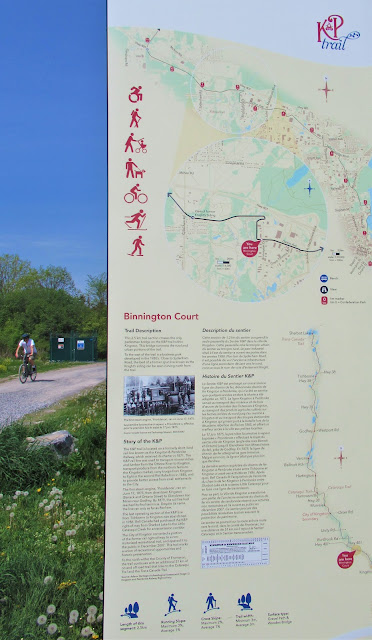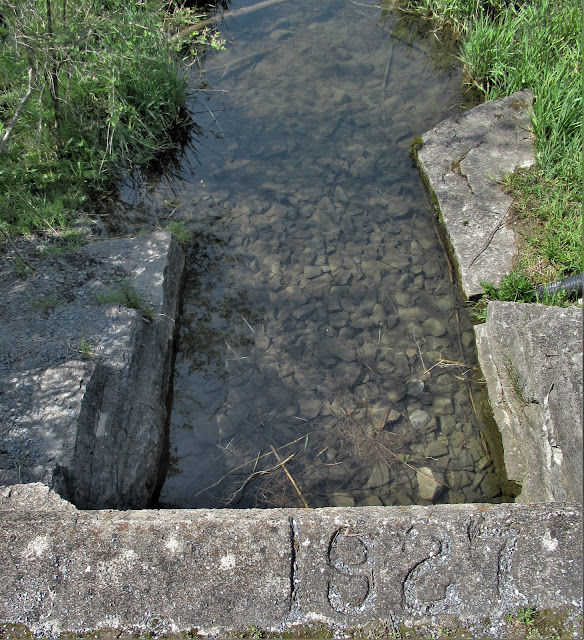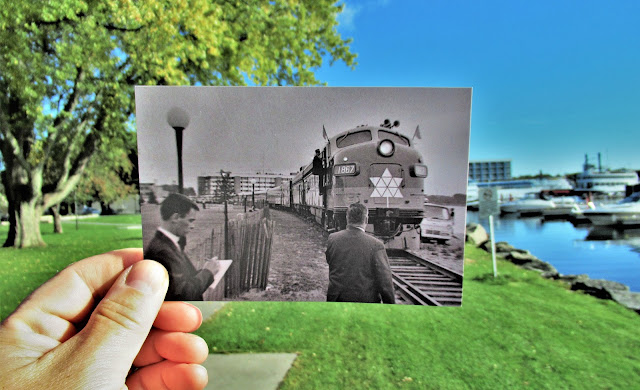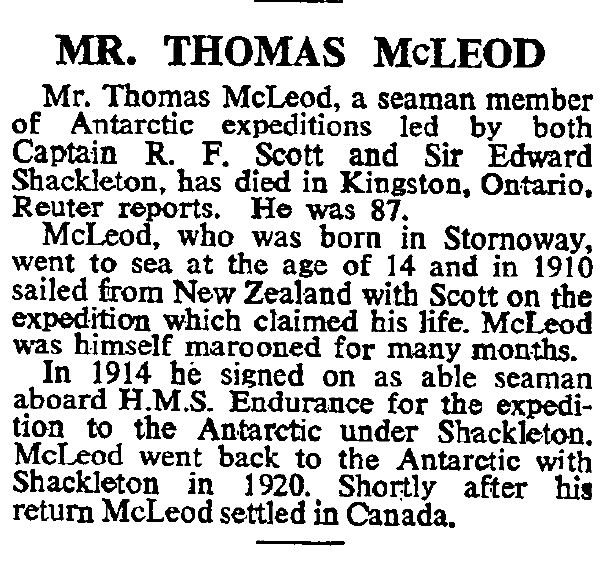Tuesday, 25 May 2021
Photographer Unknown, Brock at Ontario Streets
Trenton Builds Tugboats
Over several decades, beginning in 1937, the company was involved in such projects as bridges, airplane hangars, a Highway 401 overpass, a Thousand Islands tour boat and the Ontario Pavilion at Expo '67.
One of their largest contracts began in 1942 when Central Bridge received a contract from the Royal Navy to build invasion tugs. Senator William Fraser asked Herb Ditchburn to oversee the building of 156 tugs used around the harbours of Europe. The tugboats were loaded on flatcars, sent to the Trent River two miles away, then launched into the river sideways just north of the swing bridge, behind Benedict-Proctor. The tugs were numbered CT31-CT46 (built 1942), CT66-CT85 and CT130-CT205 and CT216-CT250 (built 1944)
A total of 265 ocean tugs were built by Canadian shipyards and transferred to the British Ministry of War Transport. They were officially called Canadian Tugs, with the symbol CT, but were universally known as TANACs, a name that is believed to have been intended to be the Canadian equivalent of the TUSA label used for the tugs that were built for Britain in U.S. yards. They were 60-foot, 55-ton, diesel-powered boats: all but 35 of the 265 were steel-hulled, the ten built by Smith & Rhuland in Lunenburg, NS and the 25 built by Industrial Shipping in Mahone Bay, NS being wooden-hulled. The first TANAC was delivered in late 1942 and the last in 1946. Some were returned to Canada after the war and the last few were completed after the war was over and never left Canada, but almost all of them were sold to tug operators worldwide and many are still active.
Saturday, 22 May 2021
Walking the Urban K&P Trail from Binnington Court
Thursday, 20 May 2021
Companion Volume at the Printer!
Tuesday, 18 May 2021
Got the Itch, Again!
Thursday, 13 May 2021
Thomas McLeod - from the Antarctic to Kingston
- Able Seaman on Terra Nova 1910 - 1913 on Robert Falcon Scott's voyage, during which Scott fatally failed to return to the ship.
- Able Seaman on Endurance 1914-1917 on Ernest Shackleton's ill-fated voyage during which the ship was crushed by ice.
- Able Seaman on Quest 1921 - 1922 on Shackleton's next voyage during which Shackleton suffered a fatal heart attack.
After the Quest expedition, McLeod emigrated to Canada at the invitation of George Vibert Douglas, the expedition’s geologist. He settled in the Kingston area where he fished for a couple of years off Belle Island in the Cataraqui River, before finding employment as a school caretaker at the one-roomed Sunny Plains School and as a watchman at the disused silica mine. This Toronto Telegram despatch was published in the Kingston Daily Whig in January, 1926:
In 1928 he made one further bid to return to his beloved Antarctica. He applied to Admiral Richard Byrd to join his first expedition south. “There is a lot of little things I know”, he wrote, “would be handy when you got south.” His application came too late – the places had been filled – but he was assured that had his application come to hand in time, a man of his experience would have been most welcome. A January 4, 1926 Daily British Whig article noted that no two people in Kingston knew that he was one of the hardy, self-sacrificing hands that carried the flag into new continents.
In 1947 he moved into the Rideaucrest retirement home, where he regaled his fellow residents with tales of his adventures. Most weekends he went to stay with a local family and enjoyed watching their television, particularly the boxing on a Friday night. He kept an active mind and maintained an interest in world affairs. He once told a Canadian reporter, “You know sailing is the finest life there is. If I had mine to live over again that’s what I’d do” and he later resided at the House of Providence. Thomas McLeod passed away on 16th December 1960 and is buried in Cataraqui Cemetery. His gravestone commemorates his achievements in the heroic age of polar exploration.
The names of McLeod (misspelled MacLeod), and Shackleton (misspelled Shackelton) are incorrect on the headstone. His date of birth, thought to be around 1873, is also not shown. Interestingly, McLeod's historic marker is only a few feet from my parents' plot, near the intersection of West and Basswood Avenues at the north end of the cemetery. This is how I discovered this interesting bit of Antarctic history in my own, personal exploration of Cataraqui Cemetery.





































